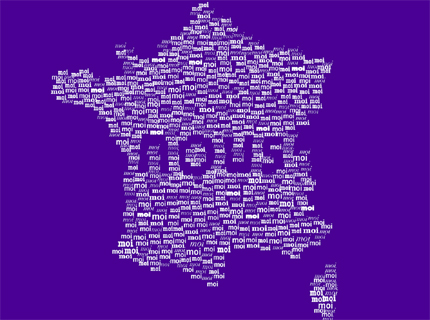As of January 1, 2011, the population reached 65 million inhabitants for the first time. 12 metropolitan areas and 29 large urban areas structure the metropolitan territory. The Urban Community of Nice (the future Nice-Metropole) is one of these metropolitan areas.

The number of civil unions (Pacs) entered into in 2010 continued to increase (+13%), but less rapidly than in previous years. Conversely, the decline in the number of marriages, which began before the arrival of the civil union, continues (-1%), but somewhat less sharply.
Life expectancy continues to rise (+4 months) to reach 78.1 years for men and 84.8 years for women. The population thus continues to age, with an average age of 40 years. One in six people (16.8%) is 65 years or older. This proportion is expected to increase significantly in the coming years with the aging of the baby boom generation.
As of January 1, 2011, the population of France (metropolitan + overseas departments) reached 65 million inhabitants for the first time, compared to 60 million in 1999 and 55 million in 1981. This increase is mainly due to a positive natural balance (+283,000 in 2010). With the 795,000 residents of the overseas territories, the total population of the French territories reached 65.8 million.
The metropolitan urban areas and the “large areas” on French territory The metropolitan France is structured by 41 significant urban areas. The 12 largest are called “metropolitan” and each gathers more than 500,000 people and 20,000 executives in metropolitan functions. Other areas, smaller in size, are referred to as “large areas.”
The metropolitan areas are mostly located on the periphery of the territory. The large urban areas are found within a wide Parisian basin or near the metropolitan areas. This urban network reflects the zones of national and regional influence of the territory and the concentration of activities with high economic development potential and high decision-making content. These 41 areas maintain relations with each other that can be measured by commuting patterns of workers. Thus, 260,000 workers report residing in one of the 41 areas and working in another.
The urban area of Paris occupies a central position within this network. But the 40 provincial areas also weave proximity networks that are multipolar or bipolar. Commuting is more frequent for executives. Over the past 5 years, a quarter of workers who commute have changed their urban area of residence, choosing to separate their place of work from their place of residence.



